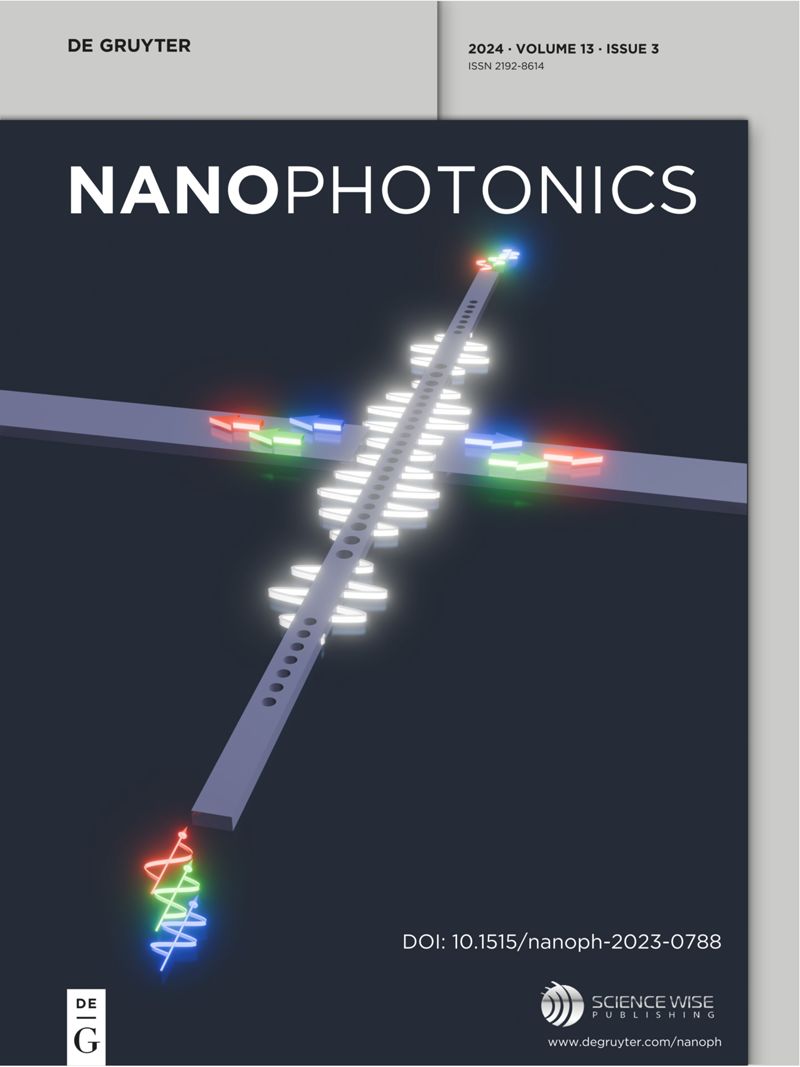Are nanophotonic intermediate mirrors really effective in enhancing the efficiency of perovskite tandem solar cells?
IF 6.5
2区 物理与天体物理
Q1 MATERIALS SCIENCE, MULTIDISCIPLINARY
引用次数: 0
Abstract
An intermediate mirror has been proposed to enhance multijunction solar cell efficiency by selectively reflecting the light beyond higher energy bandgap of top cell, while simultaneously transmitting the rest of lower-energy light. Therefore, it reduces the higher-energy absorption spectral tail of the bottom cell (thermalization loss) and increase the absorption in the top cell. However, its effectiveness has only been theoretically validated in simplified tandem with basic components such as an antireflection coating (ARC) and top/bottom absorbers. In contrast, experimentally optimized tandem cells, such as perovskite (PVK)/silicon (Si) two-terminal configurations, include additional stacked electrodes, ultrathinned intermediate electrode, and random textures to maximize efficiency. Herein, we revisited the role of the intermediate mirror in these advanced tandem cells. Our results show that the incorporation of ideal intermediate mirror (IIM) does not improve efficiency both in textured and flat tandem cells, with its theoretical upper limit of efficiency being similar to or even lower than that of experimentally optimized cells.求助全文
约1分钟内获得全文
求助全文
来源期刊

Nanophotonics
NANOSCIENCE & NANOTECHNOLOGY-MATERIALS SCIENCE, MULTIDISCIPLINARY
CiteScore
13.50
自引率
6.70%
发文量
358
审稿时长
7 weeks
期刊介绍:
Nanophotonics, published in collaboration with Sciencewise, is a prestigious journal that showcases recent international research results, notable advancements in the field, and innovative applications. It is regarded as one of the leading publications in the realm of nanophotonics and encompasses a range of article types including research articles, selectively invited reviews, letters, and perspectives.
The journal specifically delves into the study of photon interaction with nano-structures, such as carbon nano-tubes, nano metal particles, nano crystals, semiconductor nano dots, photonic crystals, tissue, and DNA. It offers comprehensive coverage of the most up-to-date discoveries, making it an essential resource for physicists, engineers, and material scientists.
 求助内容:
求助内容: 应助结果提醒方式:
应助结果提醒方式:


